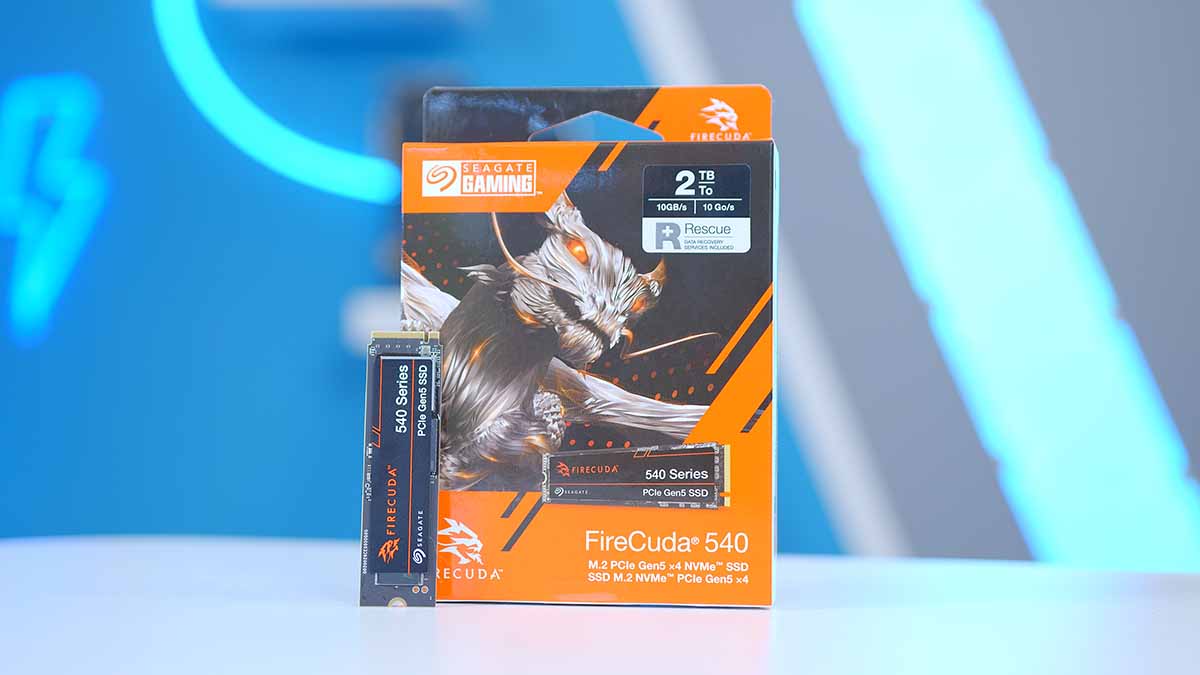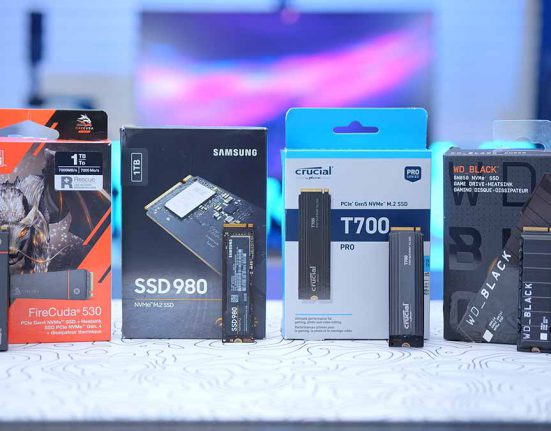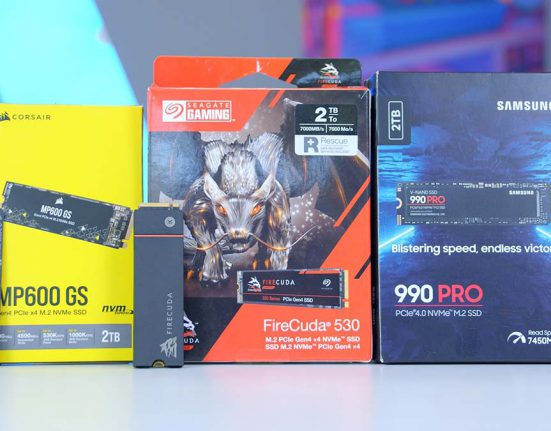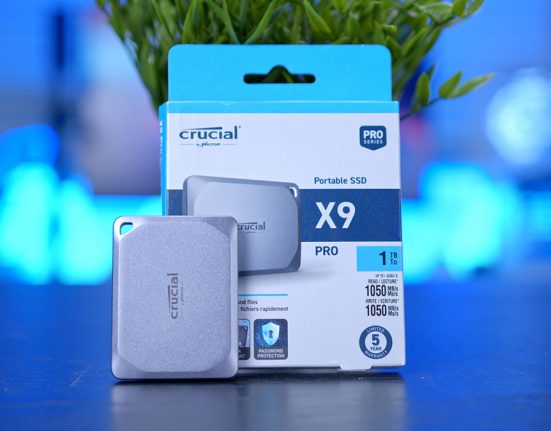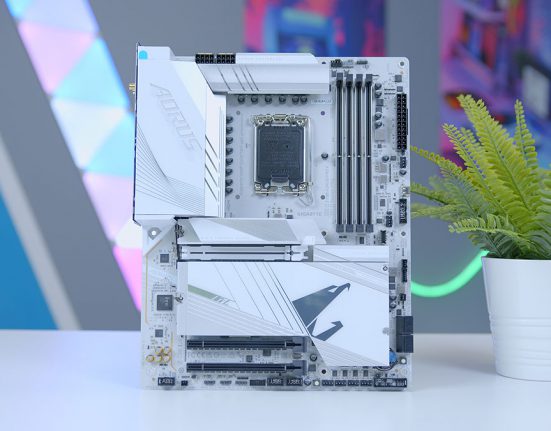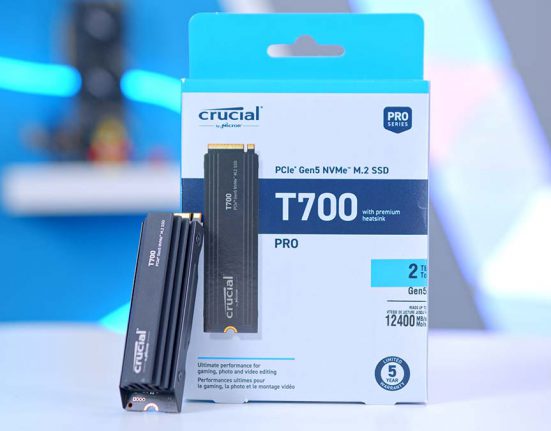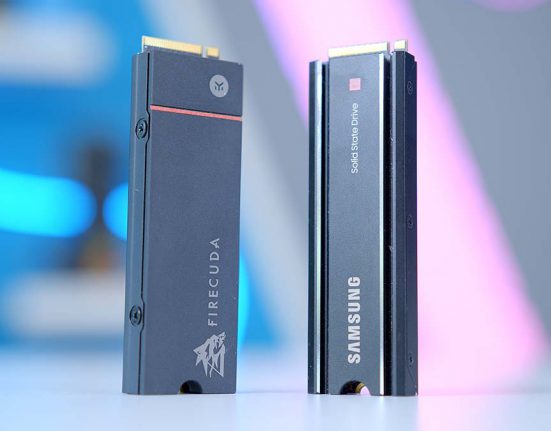The Firecuda 540 is Seagate’s first Gen5 drive, offering read and write speeds up to 10GB/s, bringing more competition to the market. Seagate has been a mainstay in the storage space for as long as we can remember. As a veteran storage manufacturer, Seagate drives are renowned for consistency and firm performance, with their Firecuda 530 taking the limelight during the height of Gen4 SSD popularity.
With Gen5 SSDs becoming more popular for high-end and enthusiast systems, Seagate has thrown its hat into the ring with the natural next step – the Firecuda 540. Having hit the market with impressive sequential read and write speeds, the Firecuda 540 offers a solid value proposition versus existing drives on the market. In this review, we’ve assessed the Seagate Firecuda 540 in full, tested its read and write speed capability and thermal output, and evaluated the design and specs.
Buy the Seagate Firecuda 540 on:
Specifications
The Firecuda 540 offers 10GB/s sequential reads and writes on the 2TB version. The 1TB capacity drive only offers 9.5GB/s and 8.5GB/s sequential reads and writes, respectively. Although the 1TB drive is the weaker of the two, the overall speeds on paper are still impressive. The Firecuda 540 also comes with a five-year warranty, as standard. While a relatively common offering from most manufacturers, it’s still a solid value add.
The Seagate Firecuda 540 uses the 2280 form factor, which is widely supported by most modern motherboards. To fully utilise the speed potential of this drive, however, you’ll need to check if your motherboard has a Gen4 SSD slot. While M.2 SSDs are backwards compatible with the previous generation slot, the sequential read and write speeds will be limited due to the slot’s slower maximum bandwidth.
| Specification | Seagate Firecuda 540 |
|---|---|
| PCI-E Generation | Gen5 |
| Capacity | 1TB, 2TB |
| Sequential Read Speed | 10,000MB/s |
| Sequential Write Speed | 10,000MB/s |
| Warranty | 5 years |
| Endurance | 1000TBW/2000TBW |
| Form Factor | M.2 2280 |
This drive has only two capacities (1TB and 2TB), but we may see a 4TB version in the future. The Firecuda 540 doesn’t have a heatsink variant, which could cause thermal issues. However, a motherboard heatsink is usually sufficient if your SSD lacks a dedicated one.
Suggested Article: How to Choose the Best SSD and RAM for Your PC Build
Firecuda 540 Design
From a glance, the Firecuda 540 doesn’t appear to be that different from its Gen4 predecessor. The Firecuda 530 had other designs, including interesting collaborations with Disney’s Star Wars. However, the current Firecuda 540 offering is a ‘barebones’ SSD with no heatsink attached.

This is disappointing, but we imagine Seagate will introduce some heatsink models later down the line that offer stronger thermals. The Firecuda 540 is pretty simplistic in its look; there isn’t any RGB lighting or unique design qualities that contribute to the aesthetic. I have concerns on the temperature front regarding the lack of a heatsink, but we have tested this to evaluate how the Firecuda 540 performs thermally.

Gen4 vs Gen5 – What Are the Differences?
Gen4 drives are highly competitive due to a massive oversupply in the market, which means that these high-speed SSDs are worth considering for a new PC build or an upgrade. At the time of writing, 1TB Gen4 drives tend to sit below the $100 mark, while 2TB drives generally max out around $150. This differs depending on the read and write capabilities but even drives like the Samsung 990 Pro 2TB are available for under $200.
The maximum theoretical bandwidth of PCI-E 4.0 SSDs is 8GB/s, so many SSDs can offer 7GB/s or higher across read and write speeds.
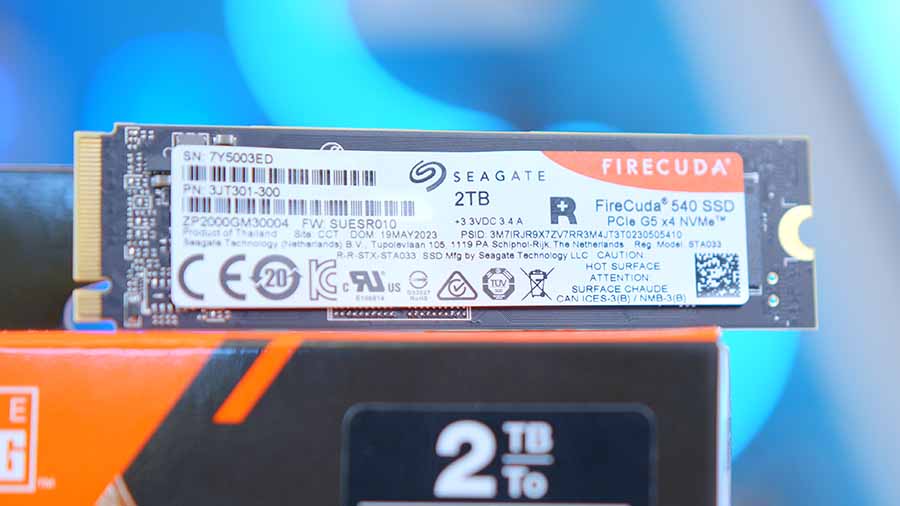
Gen5 SSDs double this bandwidth, increasing the theoretical speed to 15-16GB/s. Most first-generation PCI-E 5.0 SSDs cap out at around 12-13GB/s on the read and write speeds, which will grow over time as thermal performance improves.
On the pricing front, Gen5 drives tend to start at around $160 for a 1 TB version. Gen5 SSDs are primarily geared towards enthusiast systems, as the higher read and write speeds aren’t necessary for your average gaming PC.
It is also worth noting that Gen5 SSDs do run quite hot. Most of these drives tend to have a heatsink, with some even going the extra mile to include a fan to keep a lid on thermals. However, some manufacturers have attempted to stifle the temperature issue of Gen5 SSDs with some unique innovations. The Samsung 990 EVO, for example, reduces the PCI-E lane count from 4 to 2, which reduces temperatures and thermal throttling.
Thermals
Looking at thermals, the Firecuda 540 averaged around 64 degrees across our testing, with drops to 60 and below with less utilisation. Overall, we felt that the thermals of this drive were pretty impressive. Gen5 SSD manufacturers have struggled to find an adequate solution that keeps thermals low while being minimally invasive, and the Firecuda 540 demonstrates that this is possible even with storage speeds of 10GB/s.

Performance
To test the Seagate Firecuda 540, we used CrystalDiskMark. This application is used across all of our SSD testing and provides sequential read and write speed data by applying a synthetic workload to the drive. By doing this, we can see how the Firecuda 540 performs in a real-life setting, where the drive will constantly be read from and written to within games and other applications.
After running this benchmark, we found that the rated read and write speeds were accurate. The Firecuda 540 hit 10GB/s on the reads, with the write speeds reaching 10.1GB/s.
We allow a 10+ % margin for error, but the Firecuda 540 knocked it out of the park during our benchmark. The CrystalDiskMark test that we ran showed that the Firecuda 540 exceeded the advertised speeds on the Seagate website.
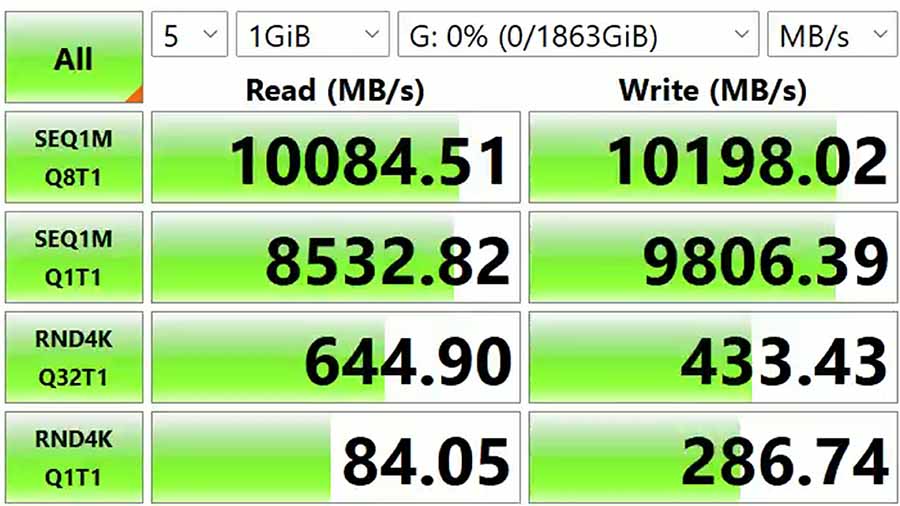
Conclusion
Seagate Firecuda 540
Product Name: Firecuda 540
Brand: Seagate
-
Design
-
Thermals
-
Performance
-
Value For Money
Summary
The Seagate Firecuda 540 is a solid Gen5 SSD that offers excellent read and write speeds, but it comes in at a price that is too high compared to current market offerings. It must be said that the Firecuda 540 is an impressive drive, offering read and write speeds of up to 10GB/s, but it isn’t the only drive capable of doing this. The Firecuda 540 is part of a highly competitive market where there are other Gen5 SSDs that offer similar, if not better, performance – namely Crucial’s T700 SSD or the MP700 from Corsair. For this reason, the Firecuda 540 isn’t the most competitive drive amongst the Gen5 SSDs available.
This aside, I think the Firecuda 540 is a great option when just looking at the performance. Still, we recommend browsing the competition to find the best-priced drive that suits your needs before diving headfirst into purchasing this particular SSD.
Pros
✅ Consistent read and write speeds
✅ No clearance issues
✅ Another Gen5 option
Cons
❌ Expensive versus competition
❌ Speeds not as strong as competition
❌ No heatsink variant


